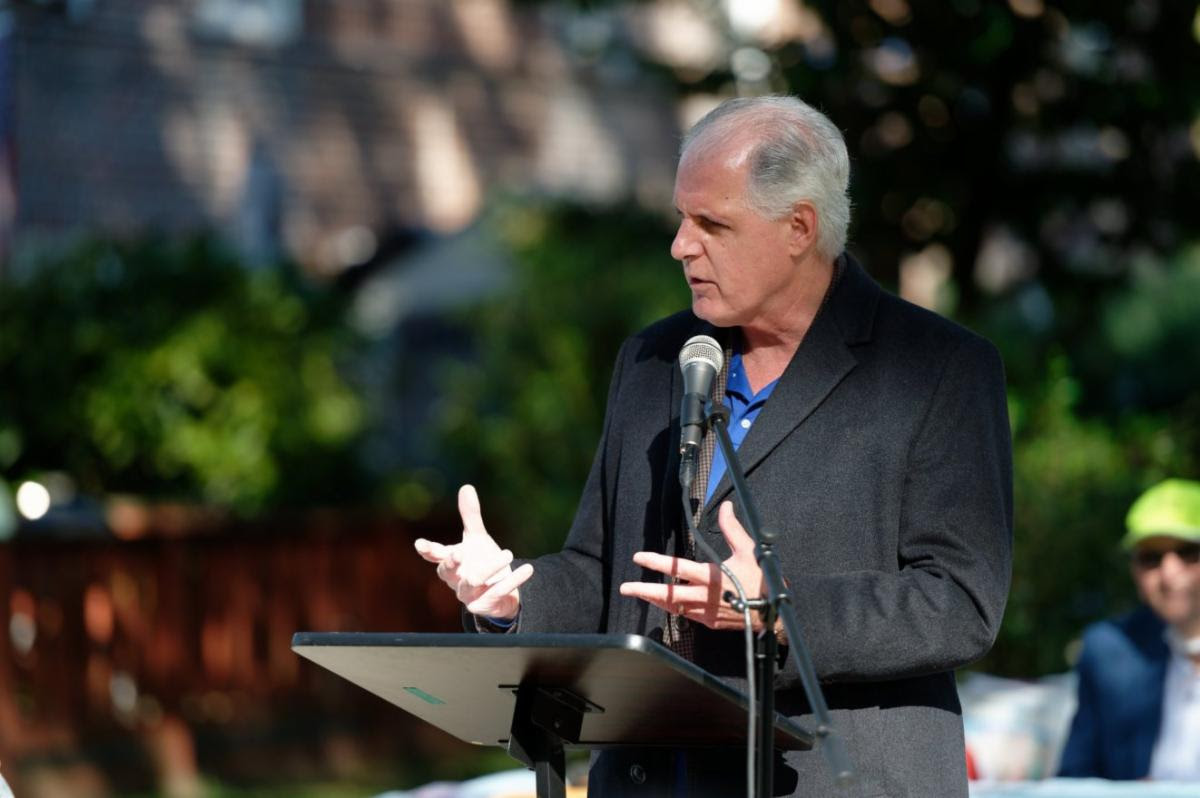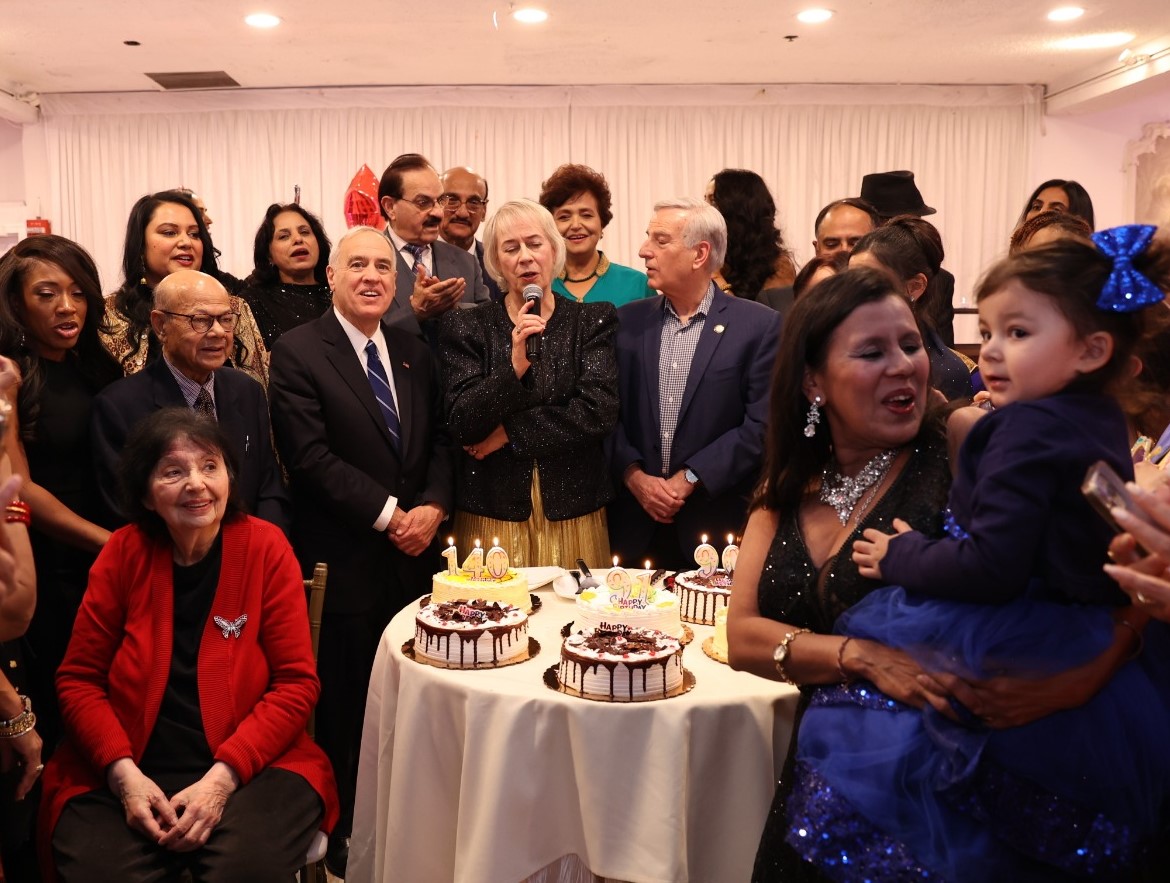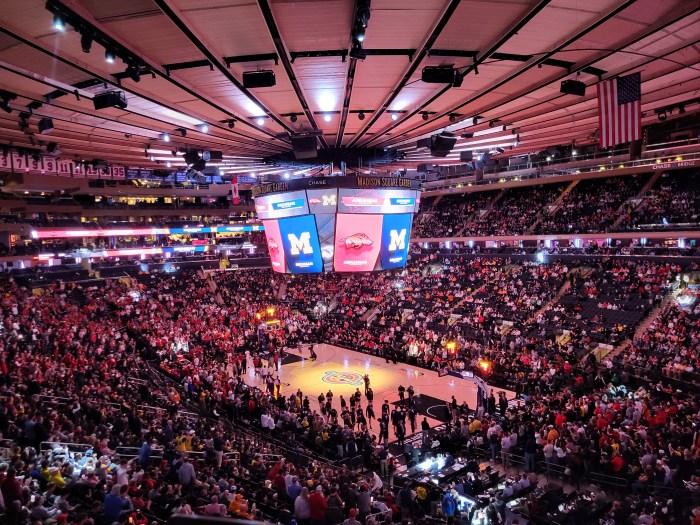
For the last six years, more and more streets in the five boroughs have been transformed into pedestrian havens. From Times Square to Jackson Heights, the city boldly and controversially stopped all motor vehicle traffic at 59 spaces, allowing New Yorkers to have the areas all to themselves.
Although Mayor Bill de Blasio and new Transportation Commissioner Polly Trottenberg have been tentative about expanding the program, advocates and other elected officials predict that plazas won’t be closing. In fact, they say demand for them is so high, one may be coming to a community near you soon.
“What we have in New York are neighborhoods throughout the five boroughs that want to have more plazas,” said Caroline Samponaro, senior director of the nonprofit advocacy group Transportation Alternatives.
During a mayoral debate in October, de Blasio, who previously supported then-Mayor Michael Bloomberg’s initiative to create more public space, said he had “mixed feelings” about the Times Square and Hearld Square plazas, citing concerns from drivers who have trouble navigating the streets.
“I think it’s worth assessing what the impact has been on traffic, what the impact has been on surrounding businesses. I will keep an open mind,” he said.
De Blasio’s spokesman Phil Walzak said the mayor is committed to ensuring that streets are safe for all New Yorkers.
“Pedestrian plazas are, and will remain, a part of that approach,” Walzak said in a statement e-mailed Sunday.
When asked about the plazas during her first speech as a commissioner last week, Trottenberg, who previously worked for the U.S. Department of Transportation, would only say the agency would be working more collaboratively with communities.
Samponaro said she didn’t understand why de Blasio was hesitant, because she has not seen major criticism for the program. She acknowledged that the issues she’s heard about over the years came from homeowners and businesses concerned about how the lack of vehicle traffic would affect parking, but she said they changed their minds once they saw the benefits. Approval for the plazas increased from 48% in 2009 to 77% last year, according to a report by the city’s Department of Transportation.
The two most popular and famous pedestrian plazas, at Times Square and Herald Square, not only got rave reviews in public feedback, but also brought major decreases in traffic congestion and accidents, the DOT said.
City Councilman Danny Dromm, who pushed for the pedestrian plaza in Jackson Heights at Broadway and 74th Street, said business leaders changed their tune about it after they saw it bring more foot traffic to their restaurants and shops. “It also helped our traffic problems,” he added. “By not having cars go into that area, crashes have been reduced to zero.” Dromm said he hopes de Blasio enhances the plaza program by encouraging private companies to help with the maintenance and provide options to use the spaces to their fullest.
The Jackson Heights plaza has been used for everything from public viewings of live televised events to community board meetings.
Although future plaza sites have yet to be determined, one possible spot is near the Financial District, which would benefit from the closed streets, according to a November DOT report.
The department has also pitched closures, under a pilot program, of Central Park and Prospect Park streets to cars year-round; expanding initiatives such as the Summer Streets program, in which areas are closed to cars for part of a day; and expanding the city’s urban art program.
Samponaro pushed the city to target communities that have high pedestrian traffic but less park and public space, such as Flushing, East New York and the Grand Concourse in the Bronx. “They don’t have open spaces or parks but are looking to have the benefits,” she said.

































